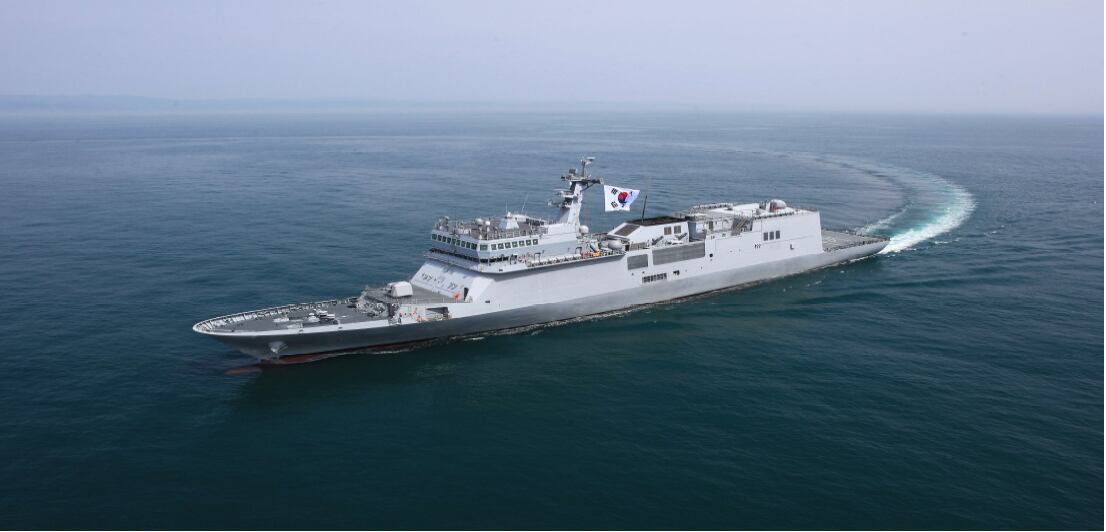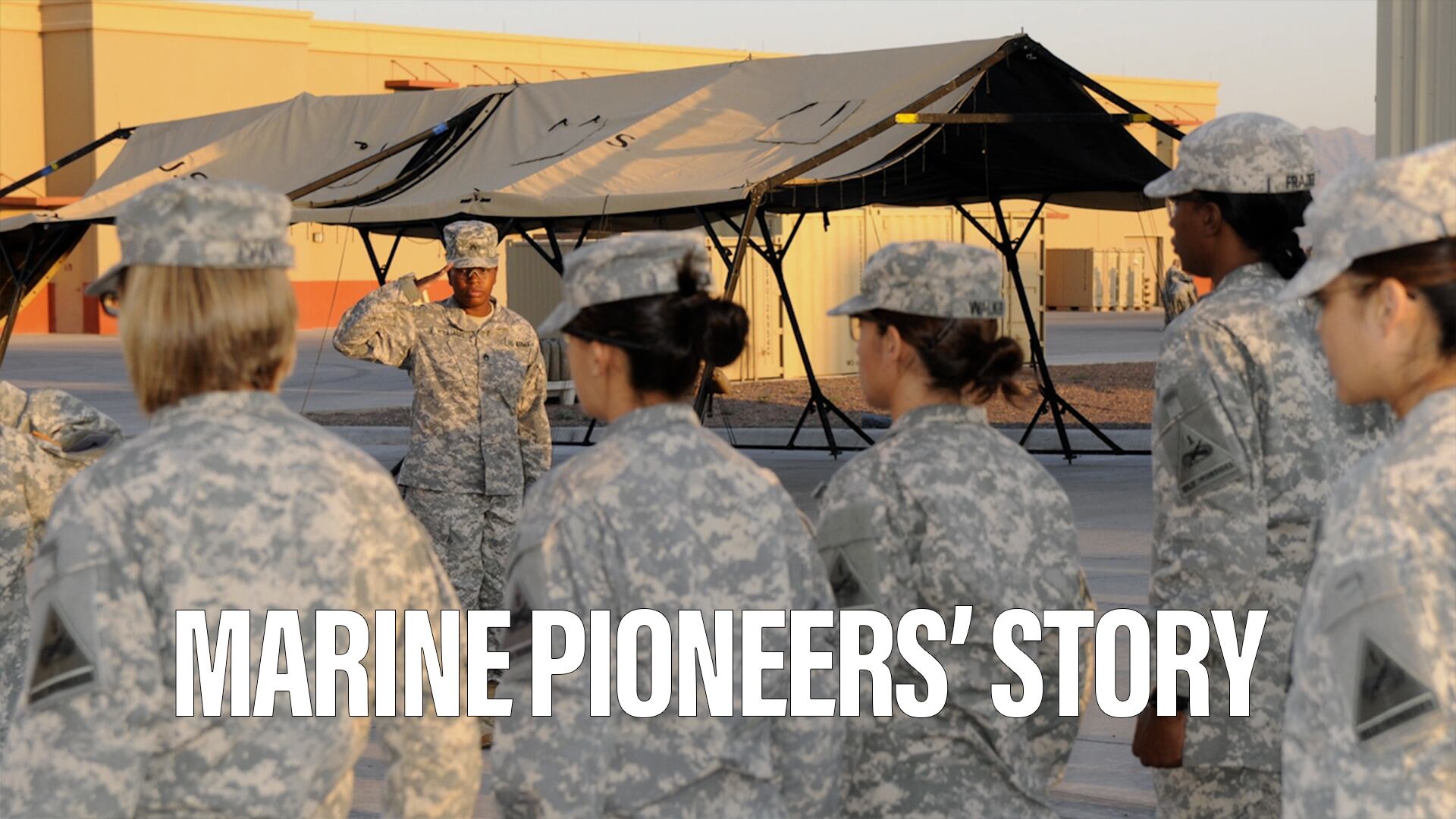SAN DIEGO — When Saab’s Combat Boat 90 first entered service with the Swedish Navy in 1991, it was as a fully manual vessel — a crewed, amphibious landing craft designed for high-speed operations.
Today, the platform is playing a central role in the company’s vision of rapid testing and deployment of autonomous and digital-first technologies for the U.S. military.
Saab has for several years experimented with a variant of the CB90 called Enforcer 3, equipping it with navigation and communication systems and intelligence, surveillance and reconnaissance sensors. Key to its transformation was a conversion into a fully uncrewed system.
The company’s U.S. subsidiary announced April 23 it plans to use Enforcer 3 as a test bed for a new tech incubator, dubbed Skapa, which in Swedish means “to create.” Based in San Diego, south of Silicon Valley and home to multiple naval installations, the goal is to be an avenue for collaboration with military units seeking novel capabilities and startups in need of a platform to test their technology.
RELATED

Erik Smith, the CEO of Saab’s American branch, told C4ISRNET the vision for Skapa is driven both by the pace of tech development and the growing threats from U.S. adversaries. The incubator’s focus on uncrewed systems and artificial intelligence comes as the Defense Department looks to increase its inventory of attritable drones through programs like Replicator and introduce additional autonomous materiel across the armed services.
“What we’ve done here with Skapa is create an accelerator, a laboratory where our end-users can come straight here with their problems and we can work with them in real time, unencumbered by some of the traditional processes and bureaucracy that sometimes you can get wrapped up in,” Smith said in an April 24 interview at the company’s San Diego office.
While it’s not uncommon for defense firms to establish hubs meant to mature technology the military may need in the future, Smith said Skapa’s focus is on the Defense Department’s near-term and quickly evolving requirements.
“We are trying to get capability to the fleet in months,” he said. “So, we’re taking a lot of existing technology and capability from across Silicon Valley, from industry, from our own portfolio and saying, ‘How do we put that together and get differentiated capability to the fleet faster?’”
Smith said establishing an accelerator like Skapa makes sense for Saab, whose defense portfolio includes fighter jets and submarines along with weapons, sensors and enabling systems. The company in recent years acquired CrowdAI and BlueBear Systems, expanding its footprint in the AI and simulation fields.
Skapa will concentrate on three areas: naval autonomy, digital and AI tech, and maritime domain awareness. Smith refused to say how much money Saab has invested in the incubator and declined to detail the size of team, but Skapa’s leader, Chief Strategy Officer Michael Brasseur, characterized it as a “small, agile” group poised for growth.
Brasseur, the former commodore of the Navy’s Task Force 59, told C4ISRNET that Enforcer 3 will provide a “launching pad” for many of the incubator’s ideas and products.
RELATED

Starting this summer, Saab plans to begin testing new capabilities on Enforcer 3, including weapons packages that would work in tandem with its ISR sensors. It also hopes to deploy the boat in upcoming military exercises, including the international Rim of the Pacific and a NATO event called Robotic Experimentation and Prototyping with Maritime Unmanned Systems.
Saab is also actively working to partner with tech firms interested in Enforcer 3, according to Brasseur. Down the line, that could mean the vessel serves as home base for smaller drones not designed to survive at sea or as the autonomous backbone of a swarm.
The company could also offer the platform’s kit, including its autonomy package, to customers who want to integrate it on their own systems.
“There’s no reason that you can’t take a capability from a partner or from internally to Saab, demonstrate it on [Enforcer] and then have another platform that has the right envelope and requirements to be able to host that capability,” Smith said. “It’s here to do both.”
Courtney Albon is C4ISRNET’s space and emerging technology reporter. She has covered the U.S. military since 2012, with a focus on the Air Force and Space Force. She has reported on some of the Defense Department’s most significant acquisition, budget and policy challenges.
Colin Demarest was a reporter at C4ISRNET, where he covered military networks, cyber and IT. Colin had previously covered the Department of Energy and its National Nuclear Security Administration — namely Cold War cleanup and nuclear weapons development — for a daily newspaper in South Carolina. Colin is also an award-winning photographer.








